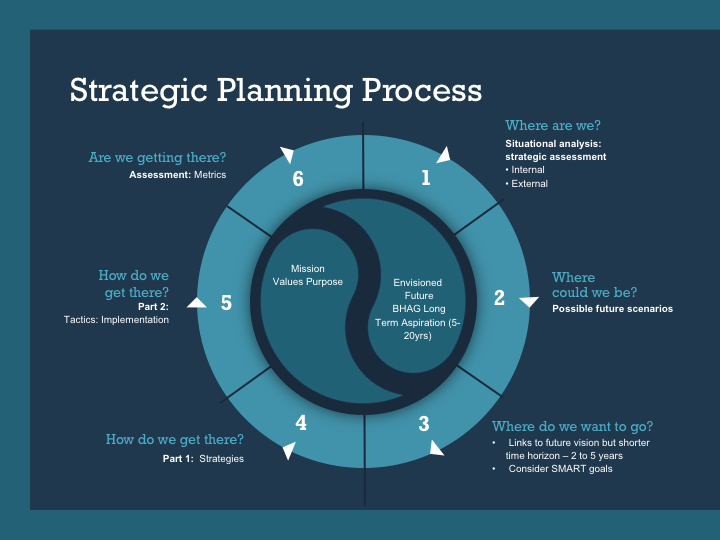As the travel consumer evolves and the industry battles to keep up, the DMO must shed its traditional role as chief promoter in order to fill the growing void in destination leadership.This was a common theme in the DestinationNEXT Futures Study published in June of this year, as well as a key topic at our own Forum in 2016. We’ve written a lot about destination leadership, and about destinations who are finding different ways to establish a competitive edge in the industry.
It’s easy to talk about leadership, but what does it look like in action?
We’ve gathered examples of how attention to organizational structure, strategic thinking, partner relationships, and collaborative goals can demonstrate this desired leadership. Continue reading below for links to articles and their key takeaways.
Organizational structuring
Step out of the silos and into the matrix
- Attention to radical collaboration models is a vital foundation to success in leadership.
- Change management should focus on fostering a culture that enables creativity and risk-taking.
Overcome disruption with responsive DMO leadership
- Four common types of leadership and why a responsive model is the way to go.
Strategic planning
6 steps to a winning strategic plan
- Get clear about your vision and decision making follows suit.
- See the steps of our tried and tested method we’ve used for almost a decade.
A destination marketer’s guide to strategic leadership

Image credit: Destination Think
Brand identity and communication
Educate your visitors with honesty
- Uncover and define a destination’s identity of DNA. This ensures that a destination’s messaging and perceptions line up perfectly. Owning this honest identity will impact all visitor touch points, from branding to marketing to visitor servicing.
- Resist shiny immediacies. Take on the responsibility of managing appropriate visitor expectations for loyalty and longevity.
Collaboration demonstrates flexibility and future-oriented thinking
Leading destinations on collaborating with stakeholders and partners
- CEOs and decision makers from around the world weigh in on managing and improving common goals
- “The DMO’s responsibility is to bring all the pieces together and act as a leader.”
- “The DMO is the only organization that can protect its brand and reputation by bringing the right people together behind a common vision, a common story and a common brand, and can then deliver on it.”
- This emphasis on partnership and collaboration as a business model is identified as one of three key transformational opportunities in the DestinationNEXT report (see page 26 of the report for more details).
- This DMO took up leadership by creating a magnetic brand, fostering remarkable experiences, and creating a more powerful network of businesses and DMOs.
- To do this, they streamlined knowledge sharing, insights, and content assets helped deepen working relationships and created more time to plan effectively.
No fear: Change management takes diligence, respect and transparency
- “Think about the things we can do together, because we’re DMOs. We can compete, we can coexist, or we can collaborate.”
- After identifying the layers (DMO, region, city/community) it’s crucial to question how various roles interrelate.
- Playing collective roles leads to collective benefit.
How destinations use data to better collaborate with industry and reach consumers
- Data enables DMOs to adapt their strategies to increase relevance to consumers.
- Win-win: gain insight into what motivates consumers and gather more complex data from partners for ongoing development.
- “Organizing your industry around more segmented consumer experiences increases the number of touchpoints with your partners and creates a symbiotic relationship that leads to better marketing decisions. It also solves two of the biggest challenges that DMOs face: demonstrating value, and improving knowledge of consumer target groups.”
Take this example:
Metrics mean relevance: Behold Door County’s data holy grail
- Effective and reliable data cements confidence leadership.
- Helps DMO make better decisions that affect the customer journey.
- Streamlines processes so there is more time to be strategic.
You might be thinking that collaboration is great in theory but in practice, it’s much more challenging.
Read: Destination marketers told us their 7 obstacles to collaboration and change
Unlocking the power and precision of passionate niches
Go niche or your visitors will go home
- This approach allows destinations to find solutions to specific problems.
- Focusing on where you excel demonstrates value and impact that the industry is looking for. It simply presents a stronger business case.
Smaller promotional budget this year? Activate passionate niche communities
- Less is more: flexibility and creativity with resource constraints.
- Activating residents to tell the destination’s story provides attractive authenticity.
Is your messaging obsolete? This is the art of niche content marketing
- The rise of micro-influencers brings lower cost and higher engagement.
- Learn to speak languages of niches to attract the right people.
Celebrating success: Leadership through achieving specific goals
- This DMO created a ‘goal-strategy-measurement’ model for their region and provided operators with strategic insight and digital tools to help increase their ROI.
- Using creativity and innovation to become an international leader.
- Actively guiding businesses and speaking their language to get them on board with the common goal.
- “Our job as a DMO is to test stuff, so we can inform the industry. Don’t be afraid to test everything to see if there’s a marketing potential.”
Measuring and encouraging success
Lead and measure change in your industry through benchmarking
- Compare your progress against modern best practices over time.
- Demonstrate the DMO’s ability to navigate change and deliver value to industry partners.
- Industry partners are also adapting to rapid shifts and they are looking to their DMO for leadership and assistance.
- Top DMOs increase their investment in effective industry education to fill this need.
- Requires the deeper work of forming long-term relationships and habits.
- Top DMOs increase their investment in effective industry education to fill this need.
Are you struggling with the role and identity of your DMO? Striving to develop into a leader within the industry but coming up against brick walls? The good news is you’re in the right place. We’ve helped DMOs around the world become innovative, effective, and sustainable leaders. Get in touch today to start working with us for a better tomorrow.
For more resources see:
Redefining destination leadership for a bright future: Webinar highlights and recording
Download our “Leading your destination into the future” whitepaper
Featured image credit: hedera.baltica, Flickr










0 Comments